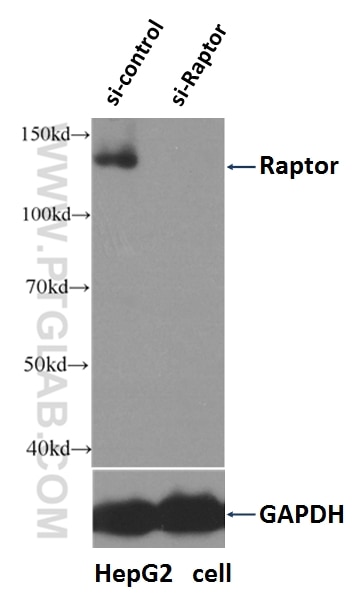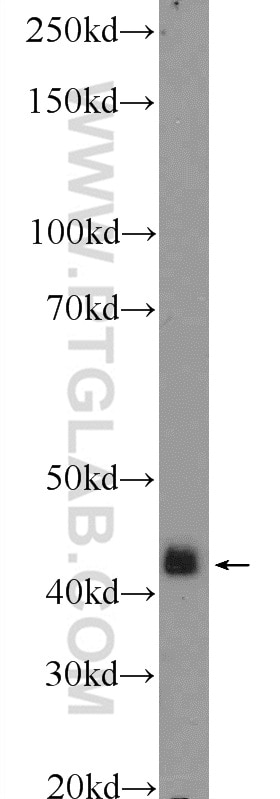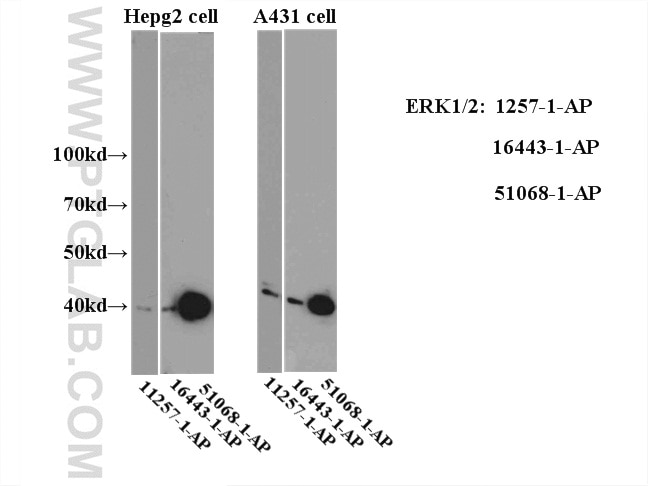- Phare
- Validé par KD/KO
Anticorps Monoclonal anti-4EBP1
4EBP1 Monoclonal Antibody for IF, IHC, WB, ELISA
Hôte / Isotype
Mouse / IgG2b
Réactivité testée
Humain, porc, rat, souris et plus (1)
Applications
WB, IHC, IF, ELISA
Conjugaison
Non conjugué
CloneNo.
2C3F3
N° de cat : 60246-1-Ig
Synonymes
Galerie de données de validation
Applications testées
| Résultats positifs en WB | cellules K-562, cellules C6, cellules HCT 116, cellules NCI-H1299, cellules RAW 264.7 |
| Résultats positifs en IHC | tissu de cancer du pancréas humain, tissu de cancer du côlon humain, tissu hépatique de rat, tissu hépatique de souris, tissu pancréatique de rat il est suggéré de démasquer l'antigène avec un tampon de TE buffer pH 9.0; (*) À défaut, 'le démasquage de l'antigène peut être 'effectué avec un tampon citrate pH 6,0. |
| Résultats positifs en IF | cellules HeLa |
Dilution recommandée
| Application | Dilution |
|---|---|
| Western Blot (WB) | WB : 1:1000-1:4000 |
| Immunohistochimie (IHC) | IHC : 1:1000-1:4000 |
| Immunofluorescence (IF) | IF : 1:20-1:200 |
| It is recommended that this reagent should be titrated in each testing system to obtain optimal results. | |
| Sample-dependent, check data in validation data gallery | |
Applications publiées
| WB | See 42 publications below |
| IHC | See 3 publications below |
Informations sur le produit
60246-1-Ig cible 4EBP1 dans les applications de WB, IHC, IF, ELISA et montre une réactivité avec des échantillons Humain, porc, rat, souris
| Réactivité | Humain, porc, rat, souris |
| Réactivité citée | Humain, poulet |
| Hôte / Isotype | Mouse / IgG2b |
| Clonalité | Monoclonal |
| Type | Anticorps |
| Immunogène | 4EBP1 Protéine recombinante Ag18985 |
| Nom complet | eukaryotic translation initiation factor 4E binding protein 1 |
| Masse moléculaire calculée | 118 aa, 12 kDa |
| Poids moléculaire observé | 15-24 kDa |
| Numéro d’acquisition GenBank | BC004459 |
| Symbole du gène | EIF4EBP1 |
| Identification du gène (NCBI) | 1978 |
| Conjugaison | Non conjugué |
| Forme | Liquide |
| Méthode de purification | Purification par protéine A |
| Tampon de stockage | PBS avec azoture de sodium à 0,02 % et glycérol à 50 % pH 7,3 |
| Conditions de stockage | Stocker à -20°C. Stable pendant un an après l'expédition. L'aliquotage n'est pas nécessaire pour le stockage à -20oC Les 20ul contiennent 0,1% de BSA. |
Informations générales
Eukaryotic translation initiation factor 4E-binding protein 1(4EBP1), is a member of 4EBPs family, which regulate the translation of a subset of mRNA by competing with eIF4G for binding to eIF4E, thus preventing the assembly of the eIF4F complex. The eIF4F facilitates the recruitment of other translation initiation factors to form the complex and then initiates cap-dependent translation.4EBP1 also mediates the regulation of protein translation by growth factors, hormones and other stimuli that signal through the MAP kinase and mTORC1 pathways. There are three forms of 4EBP1, alpha, beta and gamma.typical pattern seen on Western blots for phosphorylated heat-acid stabled protein 4EBP1 from rat gastrocnemius muscle. Three distinct bands are noted, with the most rapidly migrating band having an apparent molecular mass of ; 20 kDa and the slowest migrating band of; 24 kDa. The 3 bands are designated by convention asalpha, beta and gamma. (PMID: 10913029)
Protocole
| Product Specific Protocols | |
|---|---|
| WB protocol for 4EBP1 antibody 60246-1-Ig | Download protocol |
| IHC protocol for 4EBP1 antibody 60246-1-Ig | Download protocol |
| IF protocol for 4EBP1 antibody 60246-1-Ig | Download protocol |
| Standard Protocols | |
|---|---|
| Click here to view our Standard Protocols |
Publications
| Species | Application | Title |
|---|---|---|
J Hepatol OGDHL silencing promotes hepatocellular carcinoma by reprogramming glutamine metabolism. | ||
Mol Cancer The circular RNA circ-ERBIN promotes growth and metastasis of colorectal cancer by miR-125a-5p and miR-138-5p/4EBP-1 mediated cap-independent HIF-1α translation. | ||
Cell Death Differ Lysine methylation of PPP1CA by the methyltransferase SUV39H2 disrupts TFEB-dependent autophagy and promotes intervertebral disc degeneration | ||
Autophagy STYK1 promotes autophagy through enhancing the assembly of autophagy-specific class III phosphatidylinositol 3-kinase complex I. | ||
Toxicology Toxicity mechanism of peri-implantation pesticide beta-cypermethrin exposure on endometrial remodeling in early pregnant mice |
Avis
The reviews below have been submitted by verified Proteintech customers who received an incentive forproviding their feedback.
FH Tom (Verified Customer) (03-02-2021) | 10ug of HEK293 lysate resolved on 4-20% gradient acrylamide gel. Membrane blocked (5% BSA) then incubated overnight with antibody (1:2,000). Incubated with secondary HRP antibody for visulization.
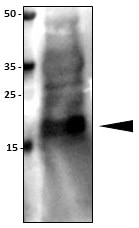 |
FH Yifei (Verified Customer) (11-01-2017) | It works well for Western blot
|
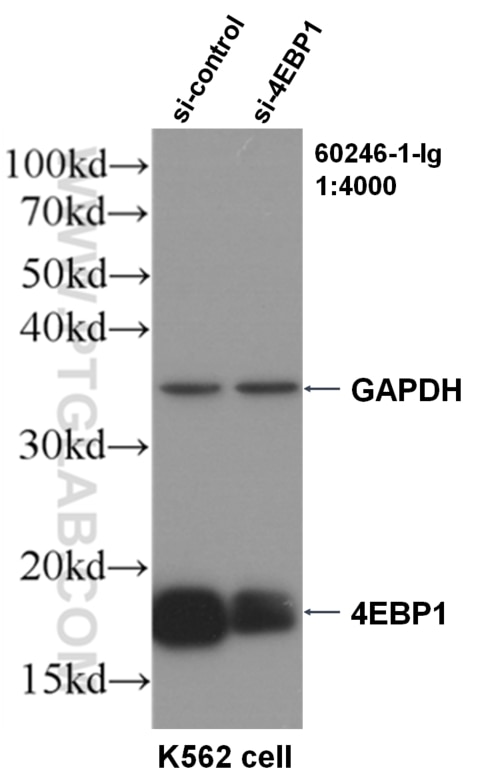
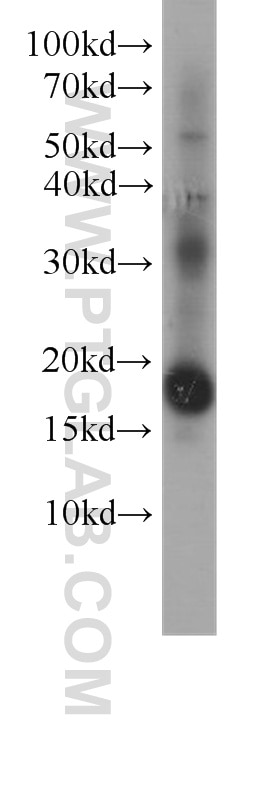
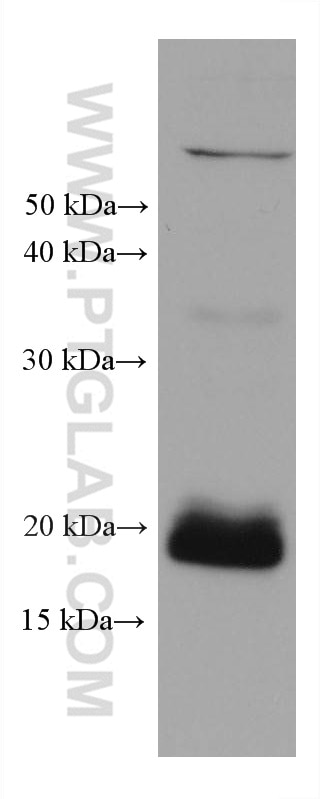
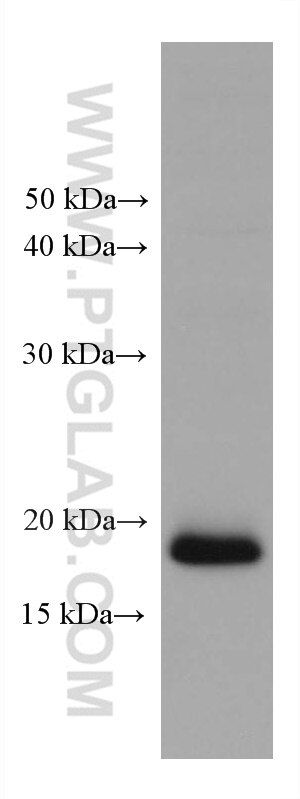
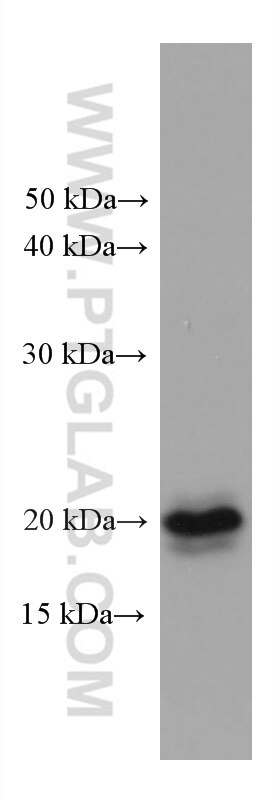
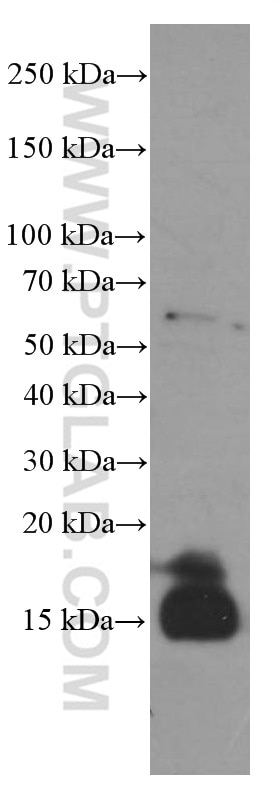
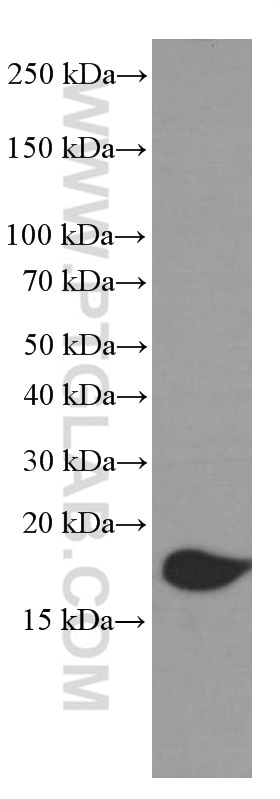
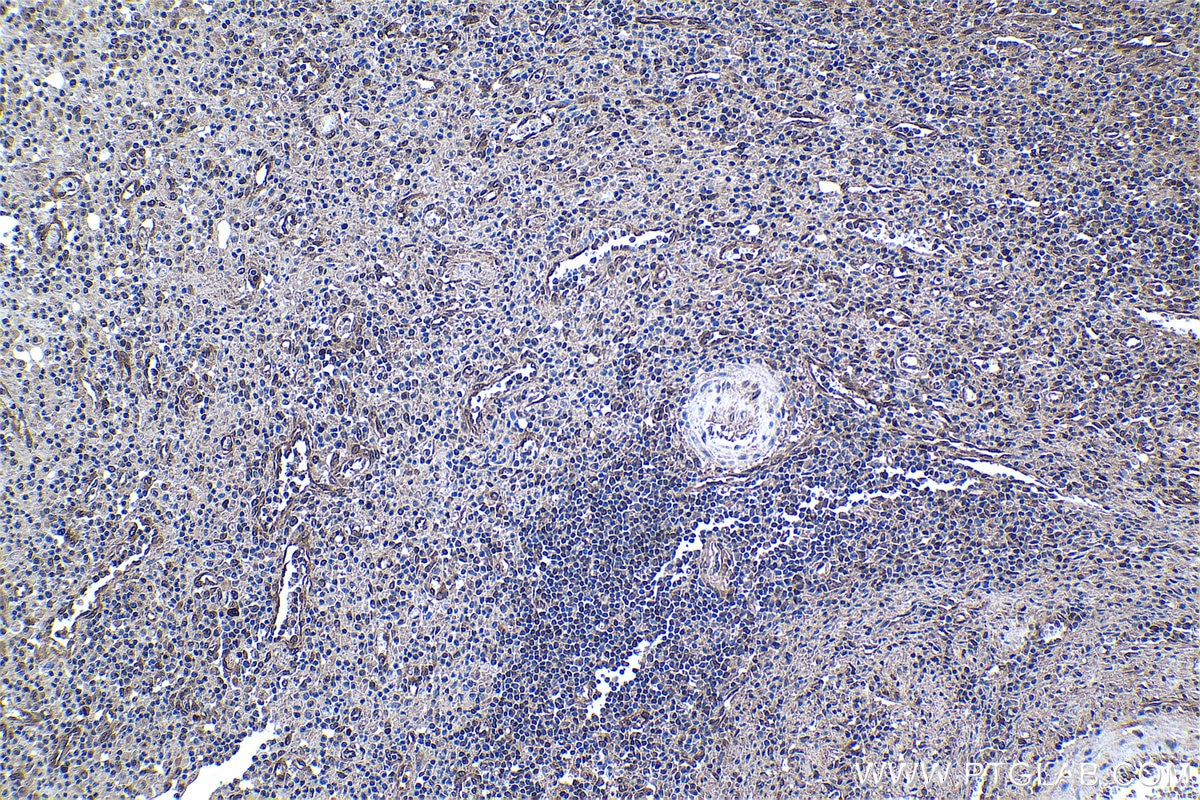
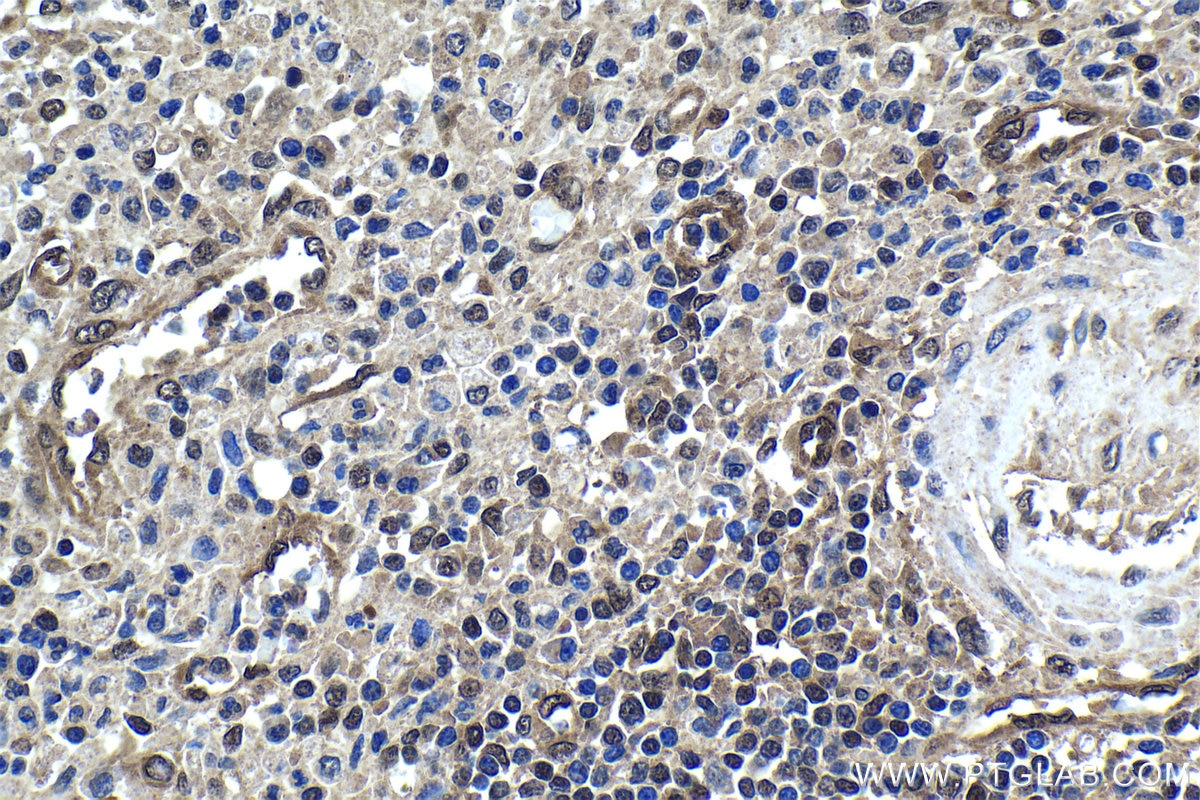
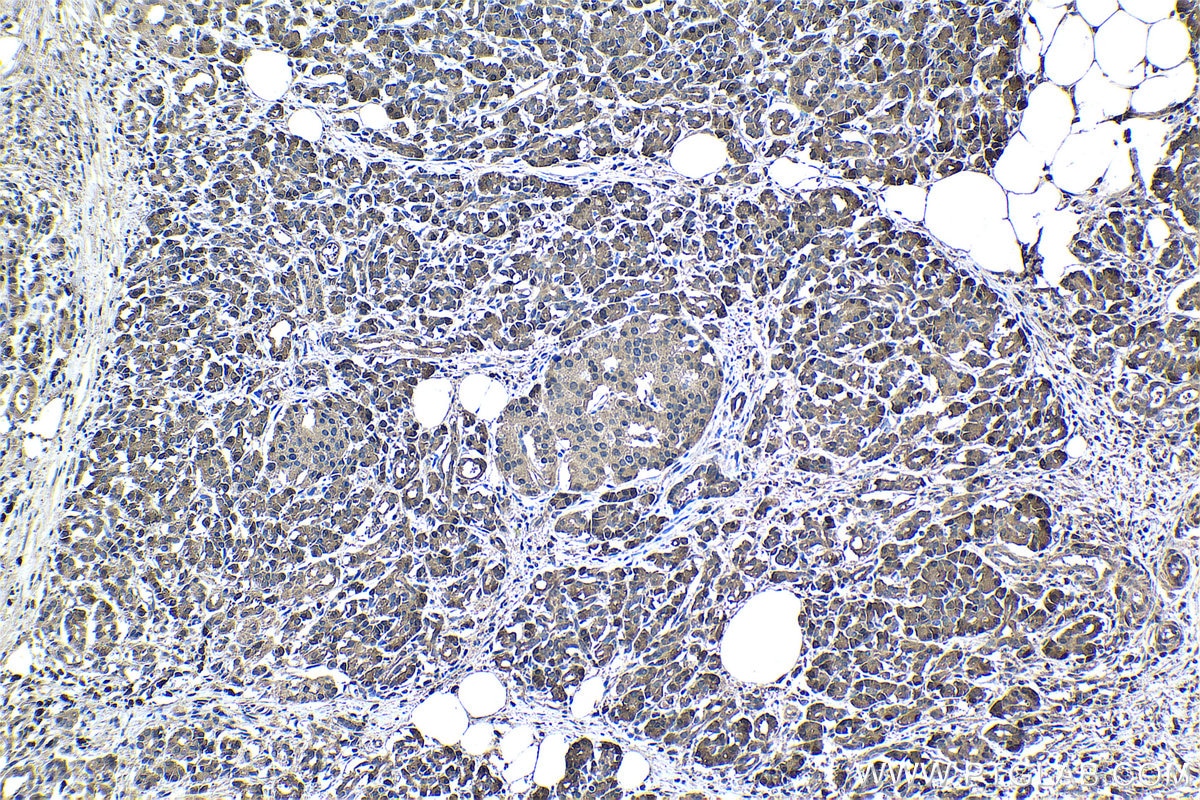
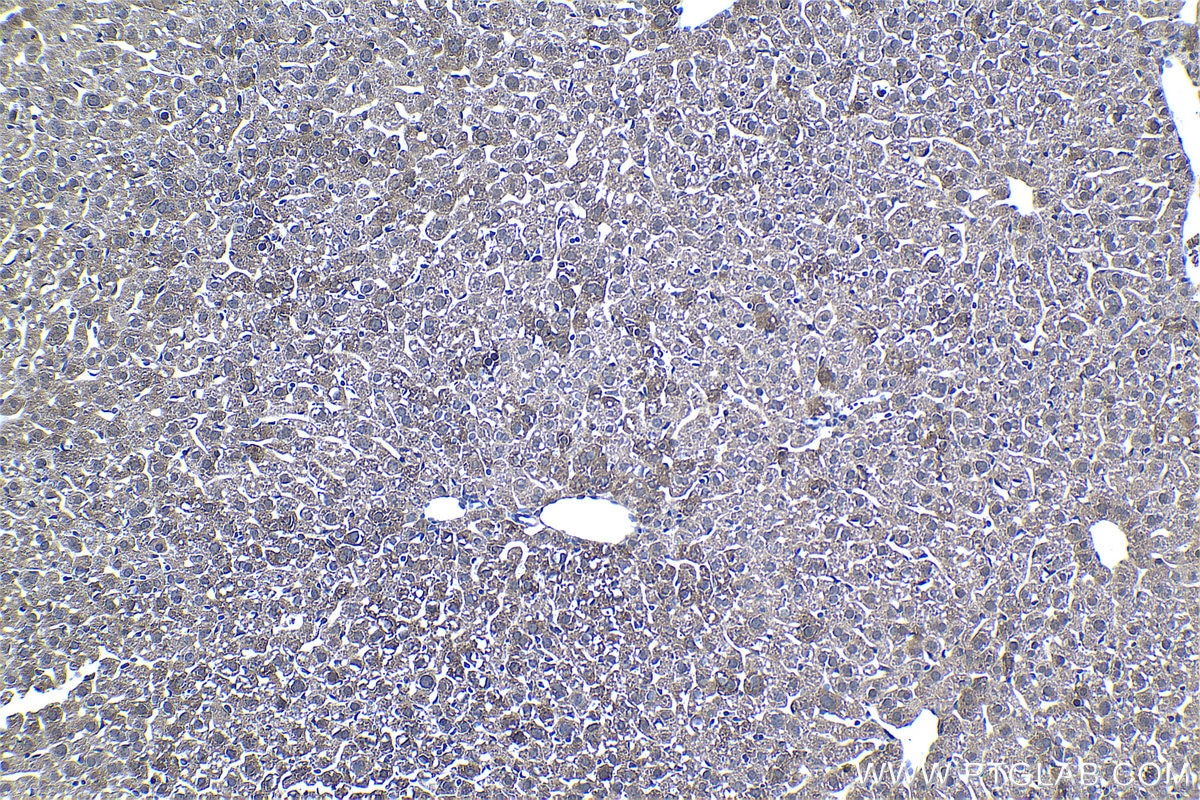
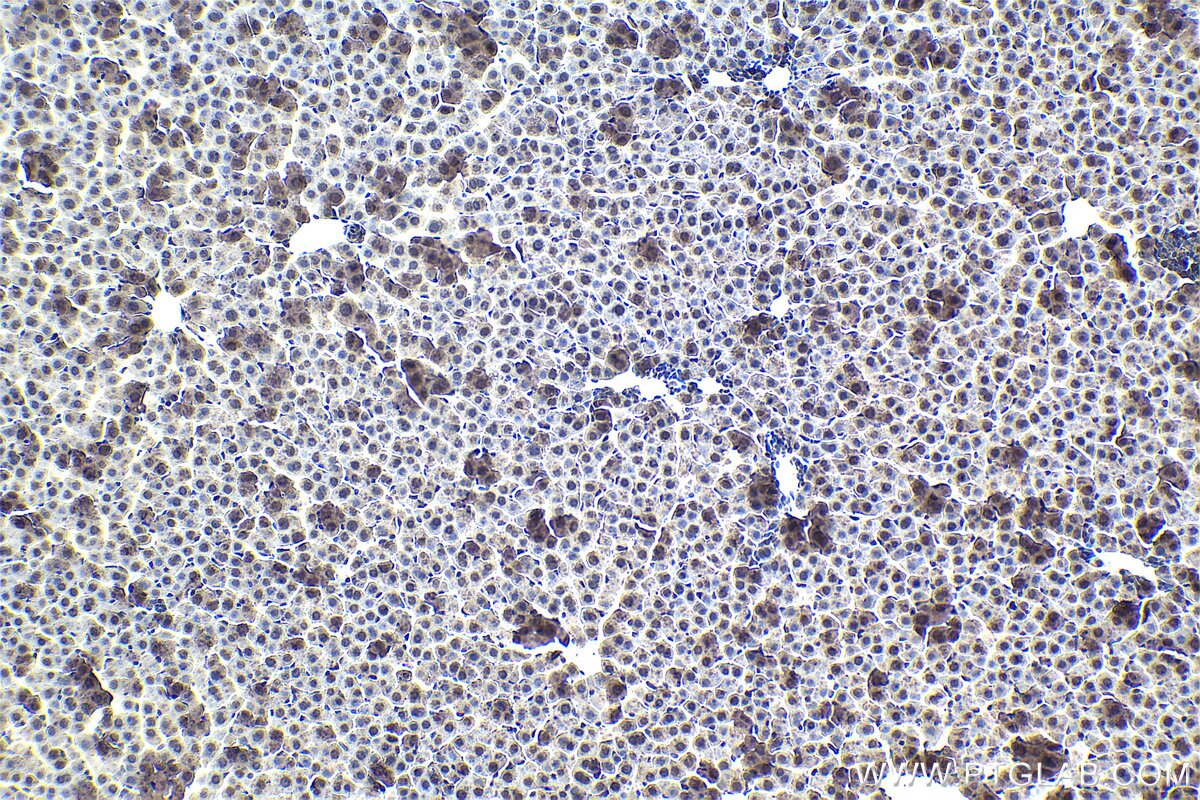
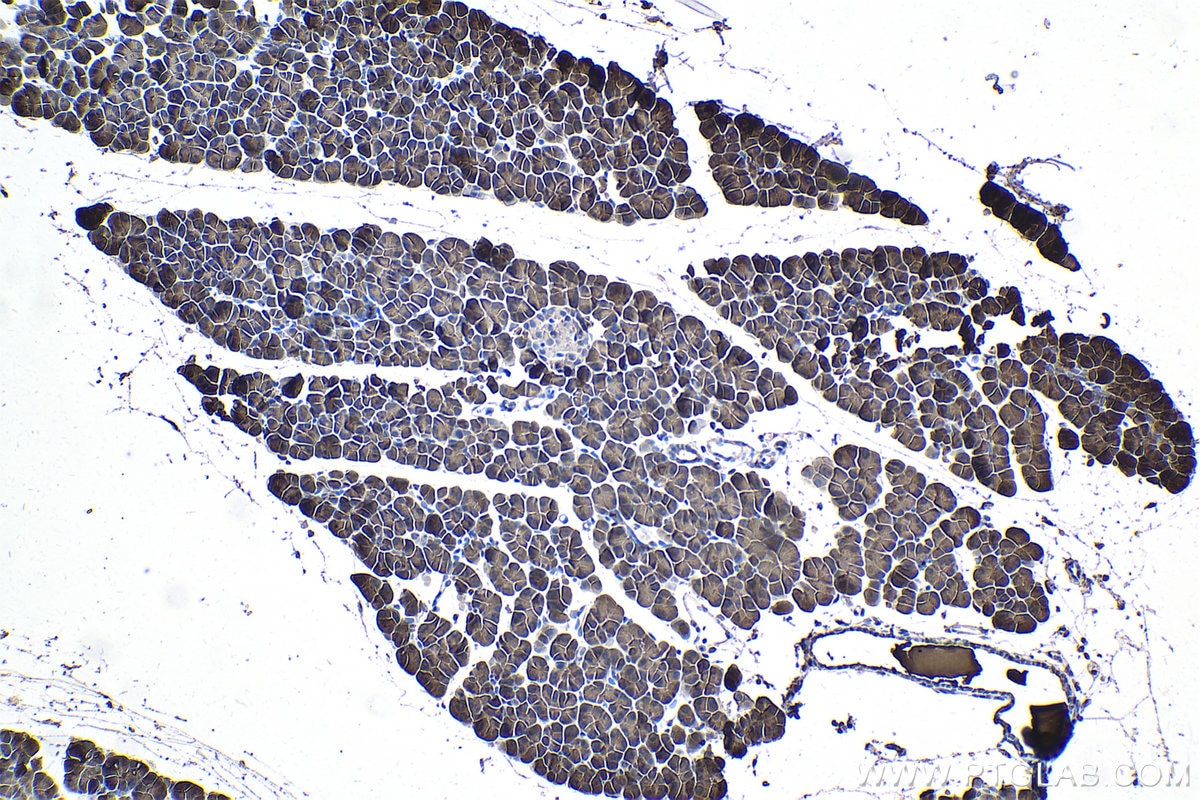
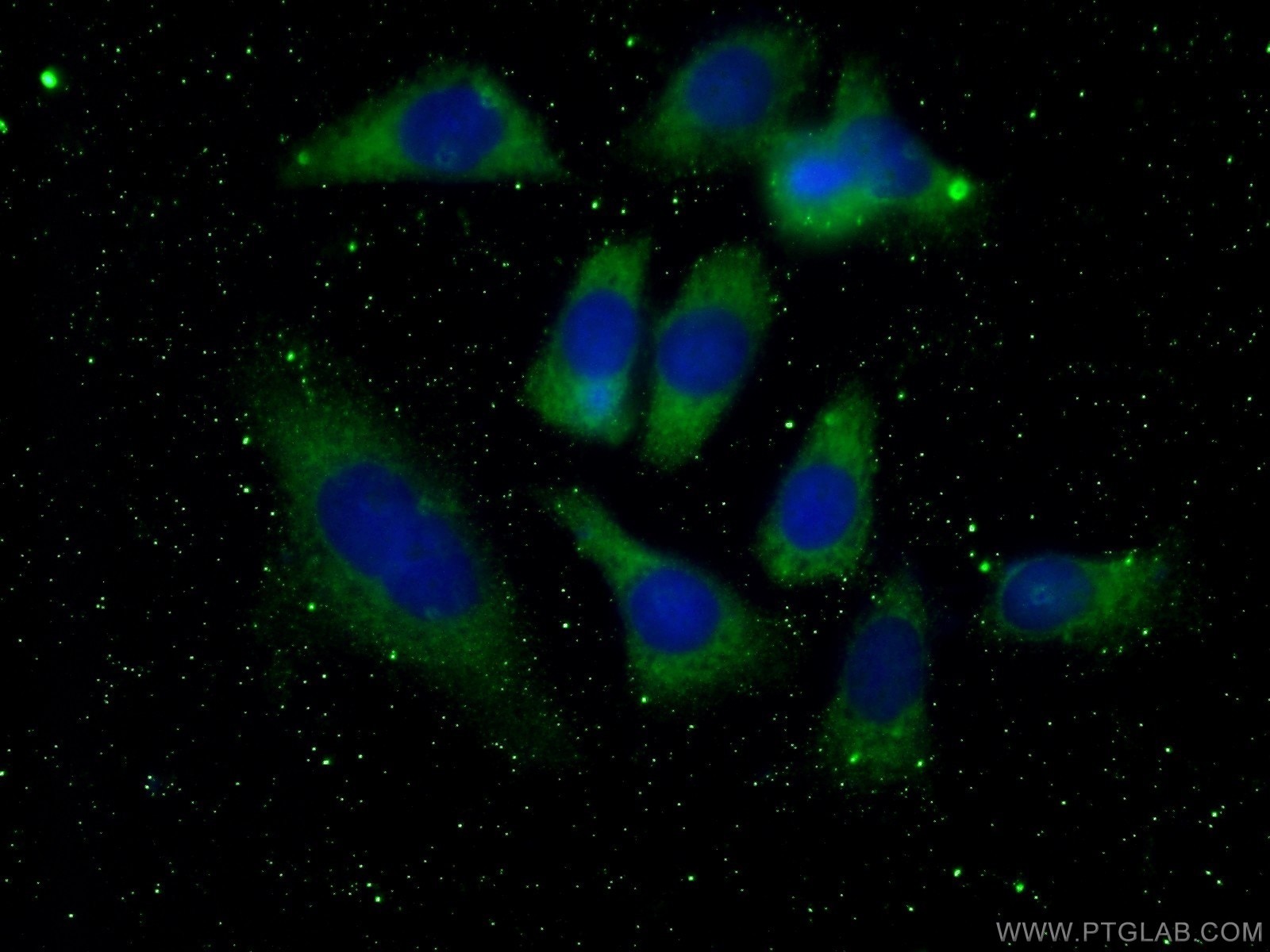
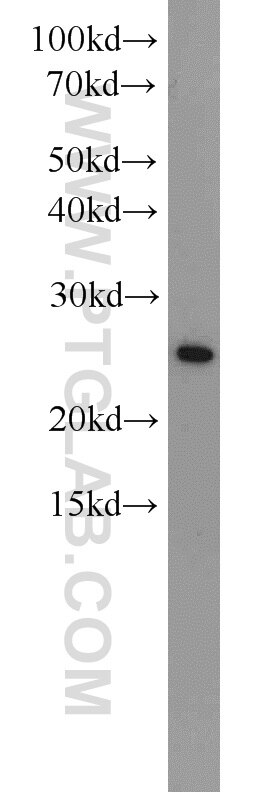
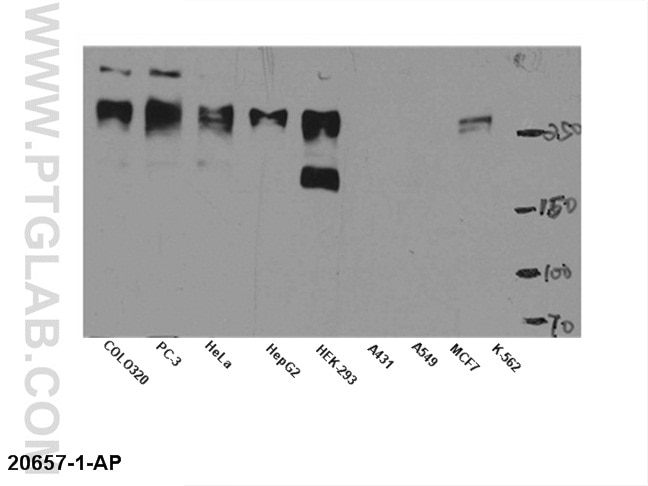
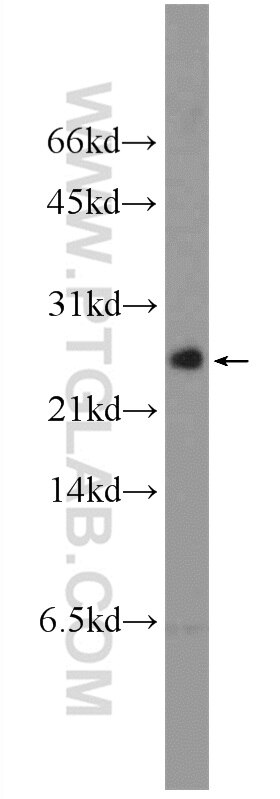
-Antibody-14485-1-AP-p48029wb.jpg)
